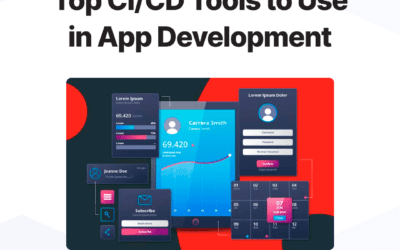Migrating to the Cloud
Migrating an existing model to AWS does require extensive planning in advance. There is a diverse list of services that can cover all the functionality typically required for an application or solution, but these need to be established and tailored to provide the same level of functionality. This will cover a few established migration strategies for the Amazon Cloud for very specific scenarios. If the task does seem insurmountable, Amazon does provide a program utilizing our services to help newer users migrate much more easily and take advantage of the cloud’s benefits sooner.

Rehosting
Otherwise known as “lift-and-shift,” this is when a solution from legacy solutions gets moved to AWS. This is usually applied when a company wants to scale its migration to better meet a business scenario. It’s a matter of replicating all the existing components one-to-one in the cloud with equivalent functionality. This method is incredibly cost-effective and helps to compensate for a lack of engineers who are proficient in AWS.
AWS does provide a number of tools like CloudEndure Migration and AWS VM Import/Export to help automate the migration process. However, it might be more recommendable to simply manually migrate to better teach developers how they can apply their legacy systems to the new platform. Generally speaking, the migration will be the only hard part as AWS provides better tools to oversee the application once it’s in the cloud. Not all workloads will be able to be ported directly and will need to be rebuilt manually.
Replatforming
Sometimes called “lift-tinker-and-shift” or “lift-and-reshape,” this model is for models already present on the cloud that need to make additional optimizations that don’t need to change any core architecture of the application. For example, if the organization wants to make adjustments to the expenditure of AWS resources or wants to use a service that cannot be enabled with its current structure, it can migrate existing accounts and services over to another environment where everything is enabled. For example, we helped URComped migrate because AWS Control Tower offers great visibility over an environment, but cannot be enabled with a default Virtual Private Cloud (VPC) active.
Overall, this model does show more immediate results, is fairly simple for a cloud expert to enable, and it does involve a lot less copying data to execute. Users can reduce the cost of migration and reduce the cost of operation all at fairly low risk. The risk does come in the form of poor planning. Either changing out existing services for services that don’t have the same function or making the model overly complicated with the transition can have disastrous outcomes.
Need help on AWS?
AWS Partners, such as AllCode, are trusted and recommended by Amazon Web Services to help you deliver with confidence. AllCode employs the same mission-critical best practices and services that power Amazon’s monstrous ecommerce platform.
Repurchasing
Appropriately nicknamed “drop-and-shop,” this is simply a matter of moving to a different product. Typically, this is a matter of swapping a home-grown service for a third-party service, swapping a third-party service for a home-grown one, or trading out an AWS service for a third-party service that can accomplish a similar effect. This is done in a move to either retire legacy software or to swap to a more procurement-based consumption model.
On top of ditching older software, this is incredibly fast and easy to implement and usually doesn’t need as much in-house skill. The main concern is dependencies and how any new software might be incompatible with existing business structures.
Refactoring
This is the gradual implementation of additional cloud-native features. This method is for strong businesses that need to add additional features, scale, or upgrade performance that would otherwise not be possible in an application’s current state. AWS does offer services to help users make these changes incrementally to simplify the change process while minimally impacting the end customers. Changes brought on will always lower the risk overall by converting applications into microservices or implementing additional features. Regardless, this will be a long and strenuous process as changes are slow to implement and get slower exponentially with the number of changes that need to be added all at once.
Moving to the Cloud
While it would be ideal to migrate to AWS without too much external help to best teach staff about their environment’s functionality, AWS is a very complex platform to adapt to. As AWS Partners our services extend to not only providing a safe, relatively risk-free migration process, but we will continue to provide support as needed and teach staff on how to further add or manage their AWS services and solutions. Learn more about how we can extend your capabilities in AWS.



